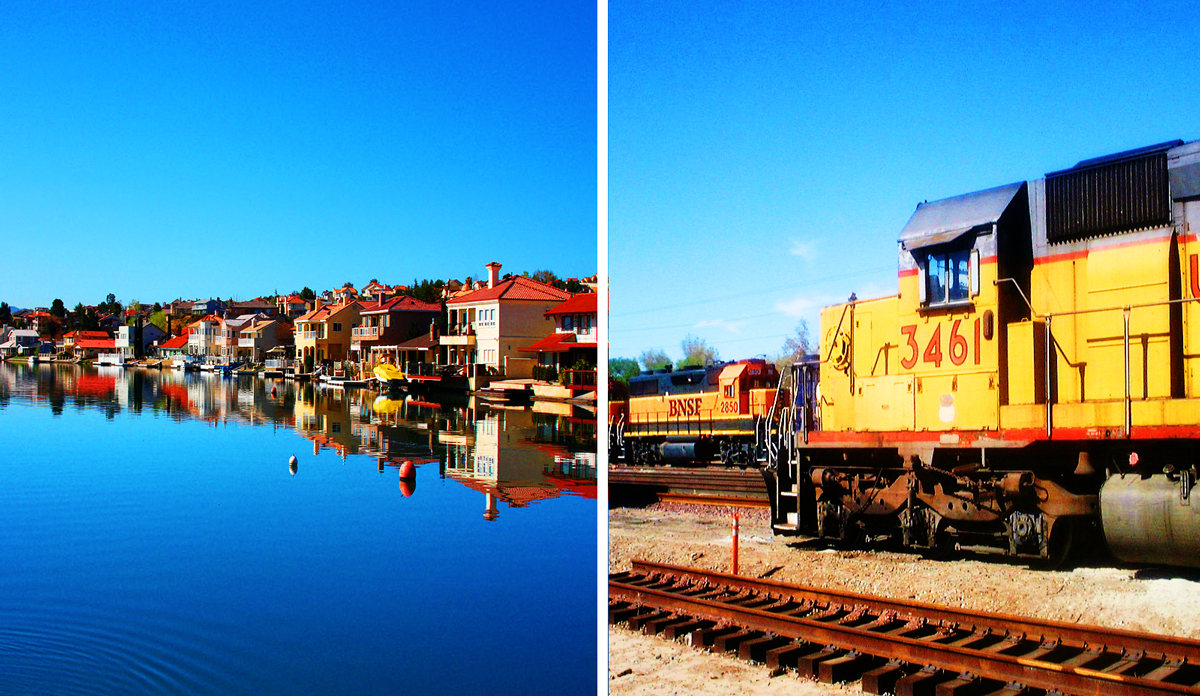Trending
A decade later, some SoCal areas still clawing back from housing crisis
Victorville home prices are 25 percent below bubble-era high

Home prices are setting records throughout Southern California, and starter homes are at their highest level since 2008.
But some communities further inland from Los Angeles, like Victor Valley, still haven’t fully recovered from the housing market collapse of 2008, the Los Angeles Times reported.
In June, the median price for the region that includes Los Angeles, Orange, Riverside, San Bernardino, Ventura and San Diego counties hit an all-time high of $537,000, more than twice what it was when it hit bottom in 2009, the Times reported.
In Victor Valley, about 80 miles northeast of Los Angeles, home values are far below their peak of the last decade, when a steady stream of renters from Los Angeles and Orange counties poured over the mountains in search of affordable homes in brand-new subdivisions. Between 4 percent and 6.4 percent of homeowners with a mortgage are still struggling, compared to 1.6 percent in Los Angeles County. The share of people who are renters in Victor Valley has also surged, reflecting the foreclosure wave that tore apart neighborhoods.
In 2007, Victorville was anointed the second-fastest-growing U.S. city. It had added more than 45,000 residents in seven years, growing by 72 percent. Then, in 2007, home prices started to fall, eventually tumbling more than 65 percent. Even today, after six years of steady recovery, prices remain about 25 percent below the bubble-era high.
There are some signs of recovery in Victor Valley. Unemployment in Victorville – the largest city in the area, which includes Hesperia and Apple Valley – has fallen to 6.2 percent, from a high of 16.3 percent in 2009, the Times reported.
Economists told the Los Angeles Times that the different recoveries of Southern California’s coastal cities and inland areas reflect supply and demand. Inland stretches like the Victor Valley have fewer jobs, and thus fewer people seeking to move there, so prices tended to fall further during the downturn. Parts of the Los Angeles area – ones that were hit as hard as the exurbs – saw values recover.




